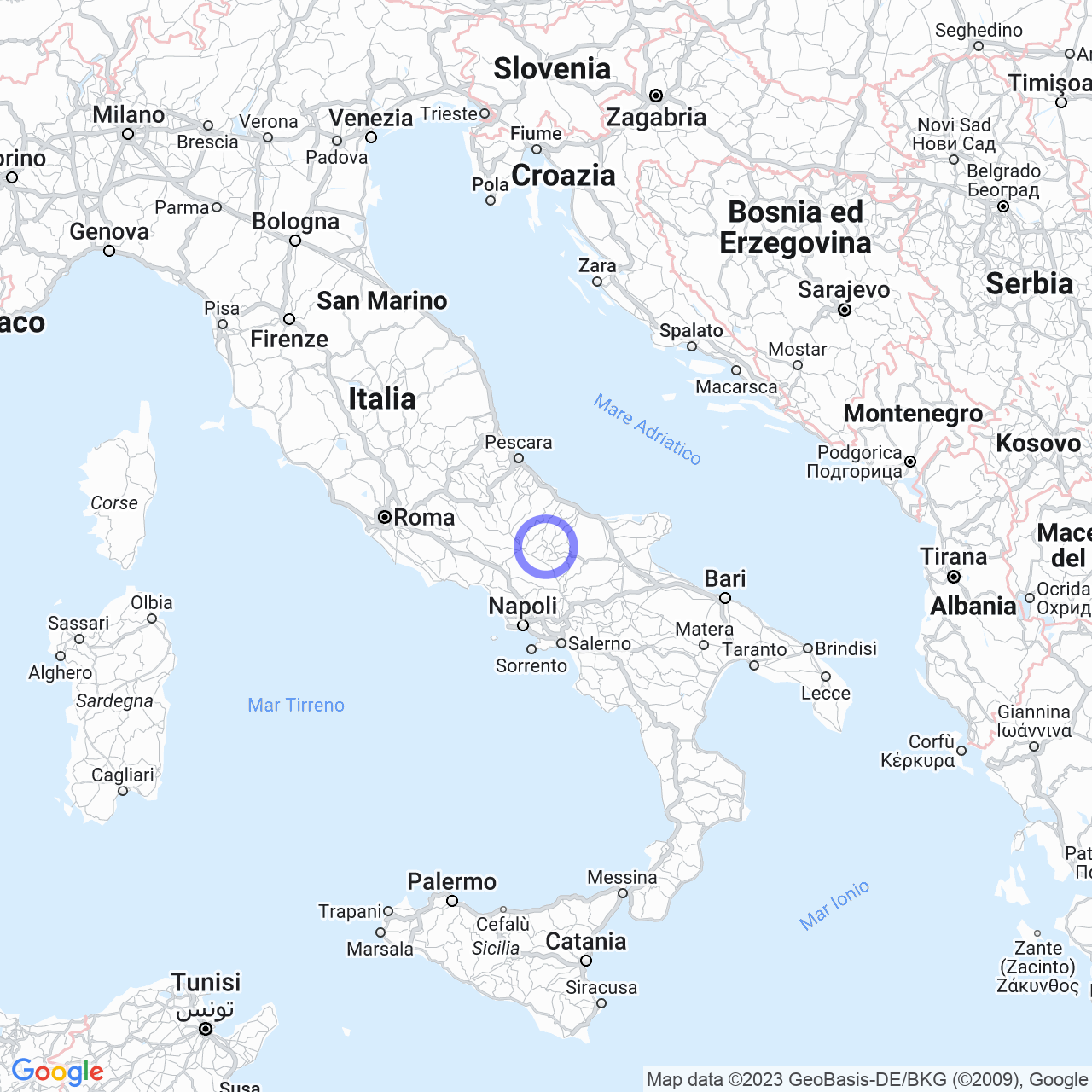Castropignano
Discover Castropignano, the municipality in Molise
Hello everyone! Today I will talk to you about Castropignano, a municipality in Molise, Italy. Here I will introduce you to the curiosities about the name and history of this place and give you an overview of the monuments and places of interest to visit.
Origins of the name
The toponym "Castropignano" has its meaning in Latin, as a derivation of "castro" which means "fortified place" or "castle" and from the Latin proper name "Pinnius", with the suffix -"ānus". Although the etymology of the name is very uncertain, there is a theory that the name derives from "Castrum Prignanii", a Latin toponym present in ancient records and linked to the Neapolitan family of Prignano.

History
Castropignano is a municipality with a long history that developed since the Samnite period and was an important military garrison used to control the Castel di Sangro-Lucera route. From the thirteenth century, the castle was owned by the d'Evoli family who modernised it and enriched it with new internal environments including representation rooms.
Symbols
The coat of arms of the municipality depicts a red fortress on a silver background, with three towers and is accompanied by the initials C and P of the ancient name of the village, "Castrum Piniani". This symbol was carved in the atrium of the church of Santa Maria and the banner is a blue drape.
Monuments and places of interest
Castle of d'Evoli
The Castle of d'Evoli is a must-see in the city of Castropignano. It is located in the northern part of the city, in an elevated position and overlooks the valley of the Biferno river. It is an impressive building built on the fortified structure of the Samnites and perhaps dates back to the Norman period.
The castle is a very large structure and the internal environments were truly luxurious, with numerous rooms all furnished with precious decorations and furnishings. The structure of the castle has been damaged in the past, during wars and due to late restorations, but significant recovery work has recently been carried out to restore it to its ancient splendour.
The history of the castle dates back to 1362 when Giovanni d'Evoli, a Norman nobleman, built it on the remains of the Samnite fortress. Over the centuries, it was enlarged and enriched with new environments, as evidenced by the numerous tapestries and canvases found inside.
The Castle of d'Evoli was also the lordly residence of the d'Evoli family, who extended its territorial borders throughout the Molise county to the Abruzzo border with Capracotta.
Church of Santa Maria
The Church of Santa Maria was built in the fifteenth century and has valuable frescoes dating back to the seventeenth century depicting the life of Christ. Inside, the church is decorated with stucco and gilding.
Fontana del Pero
Fontana del Pero is another very important work of art to admire, it is a Renaissance-style fountain, built in the fifteenth century, and decorated with statues, crests, and decorative motifs.
Confraternity of Carmine Chapel
This chapel was built in the eighteenth century and is known for the beauty of its interior. The walls are decorated with almost intact frescoes and the chapel contains a white stone altar.
The Poet's House
The Poet's House, as the name suggests, was the residence of Luigi Fontanella, a famous Molise poet. The house has been preserved in its original appearance, with antique-style furnishings.
Conclusion
Here is an overview of Castropignano, a municipality in Molise that hosts numerous testimonies of history and art. The city is characterized by monuments and places of interest in which history, legend, and folklore blend together. If you want to experience something different and curious, visit Castropignano!
